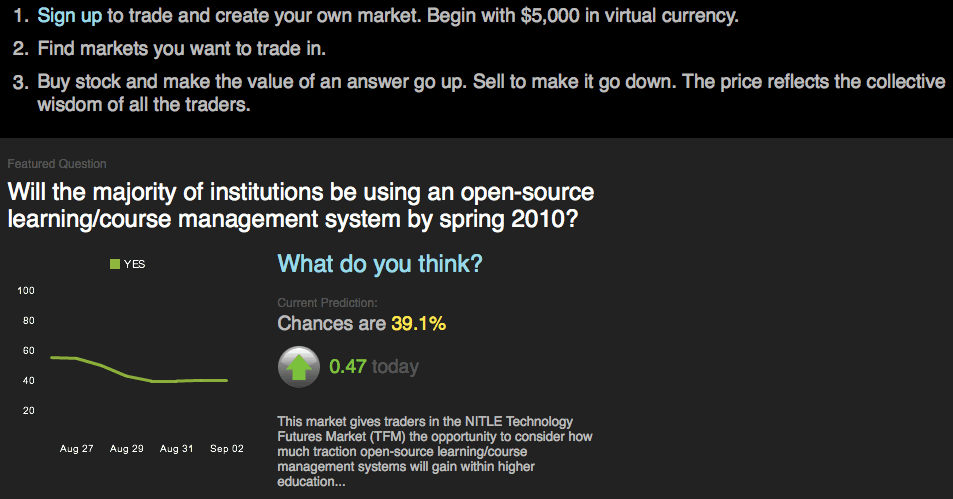Whenever I’m grumpy about an update to a technology I use, I try to perform a self-audit examining why I’m unhappy about this change. It’s a helpful exercise since we are all by nature resistant to even minor alterations to the technologies we use every day (which is why website redesign is now a synonym for bare-knuckle boxing), and this feeling only increases with age. Sometimes the grumpiness is justified, since one of your tools has become duller or less useful in a way you can clearly articulate; other times, well, welcome to middle age.
The New York Times recently changed their iPad app to emphasize three main tabs, Top Stories, For You, and Sections. The first is the app version of their chockablock website home page, which contains not only the main headlines and breaking news stories, but also an editor-picked mixture of stories and features from across the paper. For You is a new personalized zone that is algorithmically generated by looking at the stories and sections you have most frequently visited, or that you select to include by clicking on blue buttons that appear near specific columns and topics. The last tab is Sections, that holdover word from the print newspaper, with distinct parts that are folded and nested within each other, such as Metro, Business, Arts, and Sports.
Currently my For You tab looks as if it was designed for a hypochondriacal runner who wishes to live in outer space, but not too far away, since he still needs to acquire new books and follow the Red Sox. I shall not comment about the success of the New York Times algorithm here, other than to say that I almost never visit the For You tab, for reasons I will explain shortly. For now, suffice it to say that For You is not for me.
But the Sections tab I do visit, every day, and this is the real source of my grumpiness. At the same time that the New York Times launched those three premier tabs, they also removed the ability to swipe, simply and quickly, between sections of the newspaper. You used to be able to start your morning news consumption with the headlines and then browse through articles in different sections from left to right. Now you have to tap on Sections, which reveals a menu, from which you select another section, from which you select an article, over and over. It’s like going back to the table of contents every time you finish a chapter of a book, rather than just turning the page to the next chapter.
Sure, it seems relatively minor, and I suspect the change was made because confused people would accidentally swipe between sections, but paired with For You it subtly but firmly discourages the encounter with many of the newspaper’s sections. The assumption in this design is that if you’re a space runner, why would you want to slog through the International news section or the Arts section on the way to orbital bliss in the Science and Health sections?
* * *
When I was growing up in Boston, my first newspaper love was the sports section of the Boston Globe. I would get the paper in the morning and pull out that section and read it from cover to cover, all of the columns and game summaries and box scores. Somewhere along the way, I started briefly checking out adjacent sections, Metro and Business and Arts, and then the front section itself, with the latest news of the day and reports from around the country and world. The technology and design of the paper encouraged this sampling, as the unpacked paper was literally scattered in front of me on the table. Were many of these stories and columns boring to my young self? Undoubtedly. But for some reason—the same reason many of those reading this post will recognize—I slowly ended up paging through the whole thing from cover to cover, still focusing on the Sox, but diving into stories from various sections and broadly getting a sense of numerous fields and pursuits.
This kind of interface and user experience is now threatened because who needs to scan through seemingly irrelevant items when you can have constant go-go engagement, that holy grail of digital media. The Times, likely recognizing their analog past (which is still the present for a dwindling number of print subscribers), tries to replicate some of the old newspaper serendipity with Top Stories, which is more like A Bunch of Interesting Things after the top headlines. But I fear they have contradicted themselves in this new promotion of For You and the commensurate demotion of Sections.
The engagement of For You—which joins the countless For Yous that now dominate our online media landscape—is the enemy of serendipity, which is the chance encounter that leads to a longer, richer interaction with a topic or idea. It’s the way that a metalhead bumps into opera in a record store, or how a young kid becomes interested in history because of the book reviews that follow the box scores. It’s the way that a course taken on a whim in college leads, unexpectedly, to a new lifelong pursuit. Engagement isn’t a form of serendipity through algorithmically personalized feeds; it’s the repeated satisfaction of Present You with your myopically current loves and interests, at the expense of Future You, who will want new curiosities, hobbies, and experiences.

